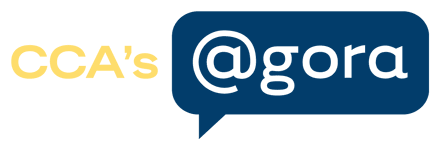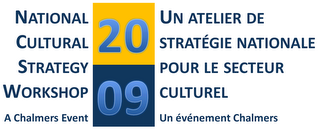Anne is inviting the roundtables to report back to the room on the discussion they just had. Fascinating stuff but virtually impossible (dangerous) for me to share with you on the fly (without context). Instead, I suppose this is a good time to reflect on today's experiment and ask you for feedback.
This live blow-by-blow blog was an idea from CCA's Policy Analyst, Jessica Litwin but it wasn't put into action until about 10 days ago when I found out about this idea she had had and volunteered to take on the challenge. So, given that the CCA office was already well-laden with work to prepare for the real-life workshop, there wasn't really any lead time to develop this cyberspace counterpart.
I say counterpart because I see, and (as I understand it) the CCA has it in their long-term plans, great potential for something like a 'live blog' to become more than just a running commentary or set of notes. A cyberspace counterpart to workshops like this would create space online for greater engagement across Canada from diverse constituents. The questions are: how to do this? And how to maintain engagement?
My two cents.. (and then you share yours please!)
How to do this: When I was working at a membership-based organization, I had an idea about engaging members by 'commissioning' specific individuals at regular intervals to post a short message about a recent challenge/success/question in a members-only online forum, to encourage exchange between peers who might otherwise have little communication with each other. I write 'commissioning' in quotes because these would be voluntary, not paid communications.
How to maintain engagement:
- Keep content relevant. It's what gets people to come back and read more.
- Use personal voices and personal (organizational) details to animate the content. (Avoid grantspeak!)
- Make it easy to read, and to talk back.
What do you think? What's it gonna take to get you to leave a comment and to read more?
Read more!

